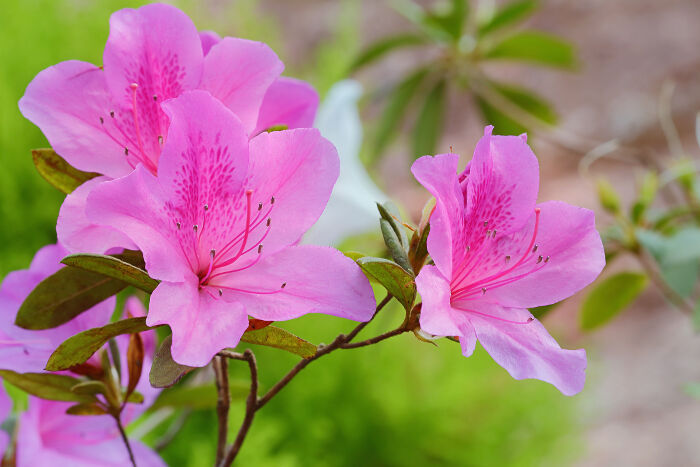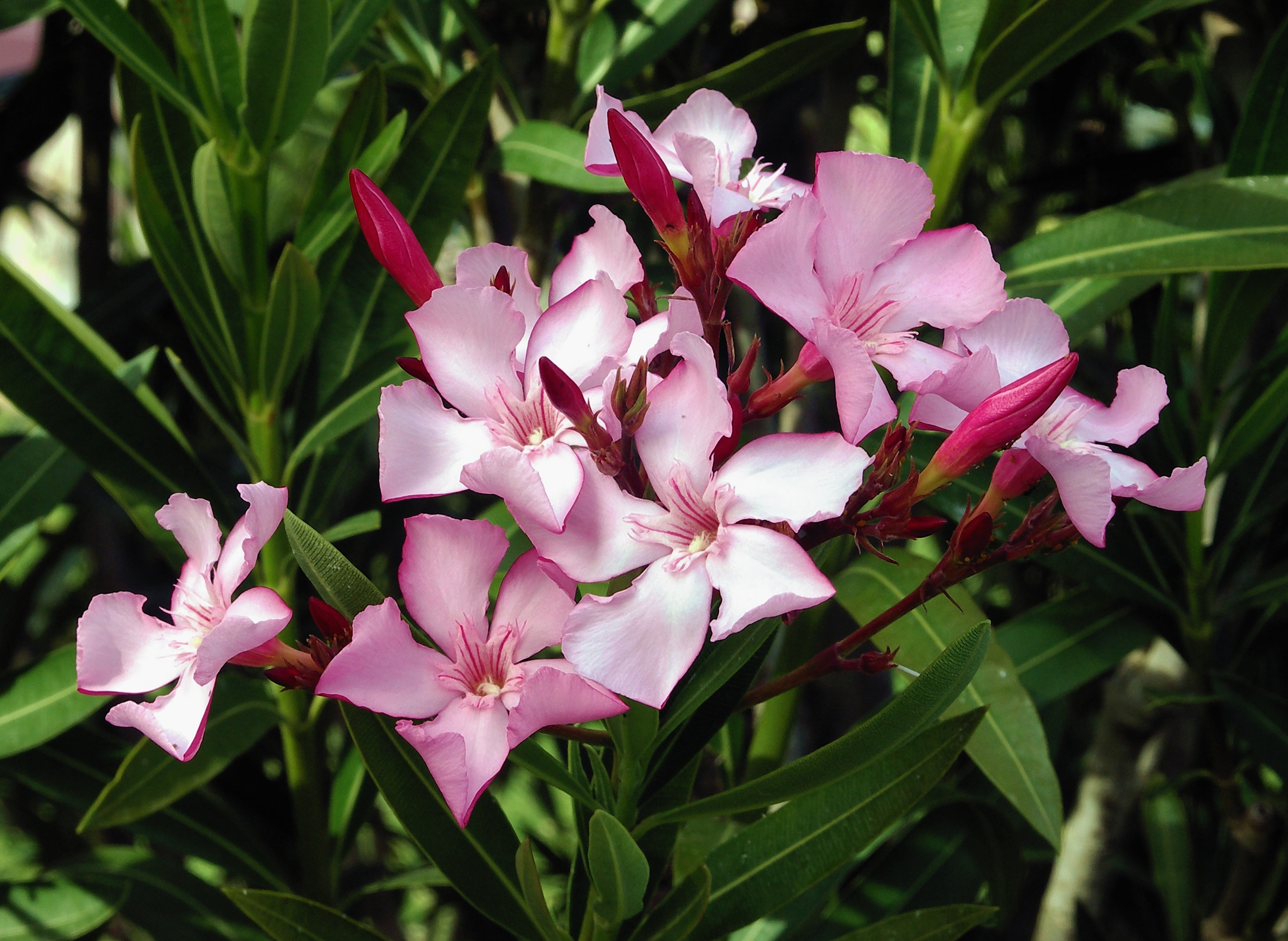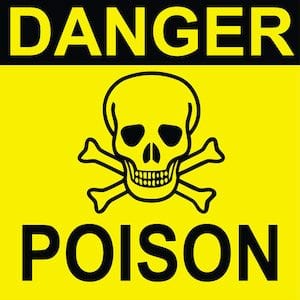By Dr. Kathy Enright
So when myself and Aisling were deciding on our April blog posts, we wanted to give some really valuable information to our blog and facebook followers. The lists of poisons can seem endless, and what to do in the event of your pet ingesting one of these poisons can seem overwhelming, especially when our loved ones can be vomiting, seizuring etc etc. So we decided we would first start by addressing the 10 most common poisons we see at Clare streets & Shannon Vets and end with the “What to do” if you suspect your pet has ingested one of these poisons.
So what are the 10? (not in order of the most common)
- Chocolate
- Rodenticides (Rat & mouse poisons)
- Human pain-killers & medications like Paraceutamol, Heart Medications, Anti-depressants, Caffeine pills & Recreational drugs
- Xylitol (sugar free gum, sweeteners)
- Human food grapes, raisins, onions etc
- Antifreeze
- Garden Dangers-Slug pellets, weed killers & fertilisers
- Vitamin D & Minerals (iron)
- Plants -Lillies, Daffodils, Tulips etc
- Bleach
So to start, we decided we would discuss Poisonous Plants. It being Spring and Easter, yes you have guessed it, the likes of Easter Lillies. (sorry if we have been ‘banging’ on about them)
Lovely as plants are, some if ingested by our pets can be lethal, the list is endless so here are the common and most lethal.
Lillies: Certain types of lilies—including tiger, day, Asiatic, Easter and Japanese lilies—are highly toxic to cats. If cats eat any part of a lily, even a few leaves or a flower, see a veterinarian immediately as they can cause severe renal failure in cats. 
Hyacinth/Tulip Bulbs: All parts of hyacinths and tulips can cause adverse reactions from vomiting, diarrhoea to increased heart rate. 
Daffodil Bulbs: Ingestion of a daffodil bulb, plant or flower can cause severe vomiting, diarrhea and abdominal pain. Serious reactions include changes in their heart and respiration rates. 
Crocus: Autumn crocuses in particular can be very toxic. They cause severe vomiting, gastrointestinal bleeding, liver and kidney damage and bone marrow suppression. 
Azaleas: can have serious effects on pets. A few leaves can result in vomiting, diarrhea and excessive drooling; Seizuring can also result. 
Cyclamen: If ingested, this plant can result in drooling, vomiting, diarrhea, abnormal heart rhythms and seizures.
Oleander: an outdoor shrub, it’s the leaves and flowers are extremely toxic if ingested leading to severe vomiting, bradycardia (slow heart rate), which can be fatal. 
Sago Palm: If ingested, the leaves and seeds can cause vomiting, damage to the stomach lining leading to blood in feaces, severe liver failure and, in some cases, death. 
Avoidance of these plants is key to protecting our pets. In our next post we will look at Chocolate, as a poison, and at the end of this series we will close with what do if your pet does ingest any poisons, with hints and tips for individual poison situations.
Kathy Enright

